

Derek Fung
Nissan Z Nismo manual revealed, facelift timing confirmed
2 Minutes Ago

News Editor
Volvo’s next-generation flagship SUV will be revealed in the final quarter of 2022.
Executives confirmed the reveal timing to Autocar, though the XC90 replacement’s name hasn’t been officially announced other than that it’ll start with a vowel.
“We are very much on track. We’ve made commitments that we would be launching a certain amount of vehicles every year, and we’ll make the decision on when we release that, but the fourth quarter this year is when we will release more details on that product,” said Volvo CEO Jim Rowan.
It’s expected to wear the Embla name, after the first woman in Norse mythology, and will debut Volvo’s new SPA2 platform. This will also be used by the more performance-oriented Polestar 3.
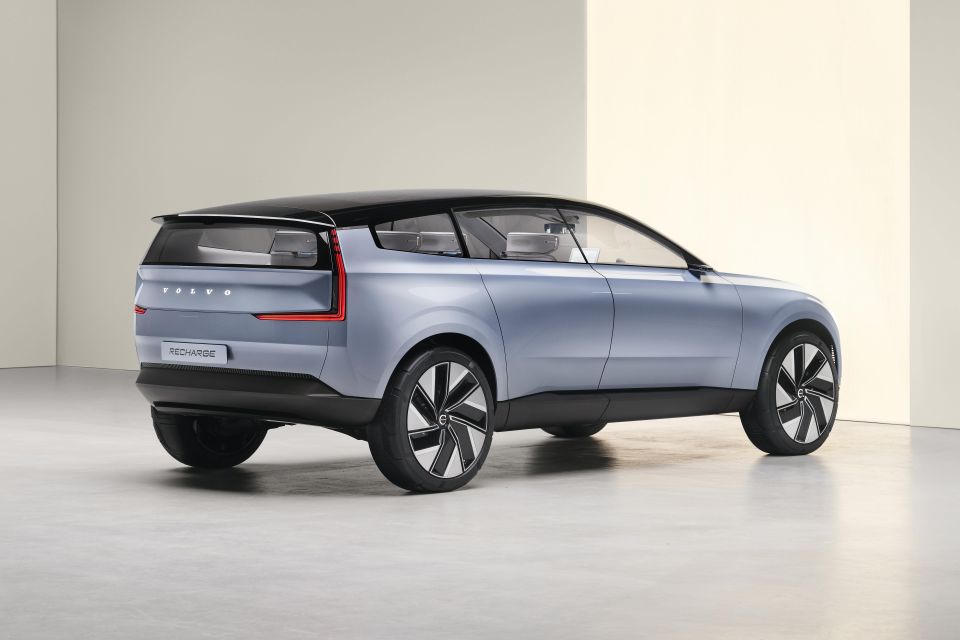
Reportedly an evolved version of the current car’s SPA architecture, which underpins the brand’s medium-to-large vehicles, it’ll support both pure electric and petrol power, the latter likely featuring mild- or plug-in hybrid systems.
Electric SPA2 vehicles will reportedly offer a completely flat floor, shortened overhangs, and a more cabforward stance, while combustion-engined models will reportedly feature more conventional interior proportions.
Previous reports have indicated the XC90 replacement will be offered only with electric powertrains.
Styling is expected to draw heavily from the Concept Recharge of 2021, with a silhouette blurring the lines between a conventional crossover SUV like the XC90 and Volvo’s stalwart wagon models like the V60 and V90.
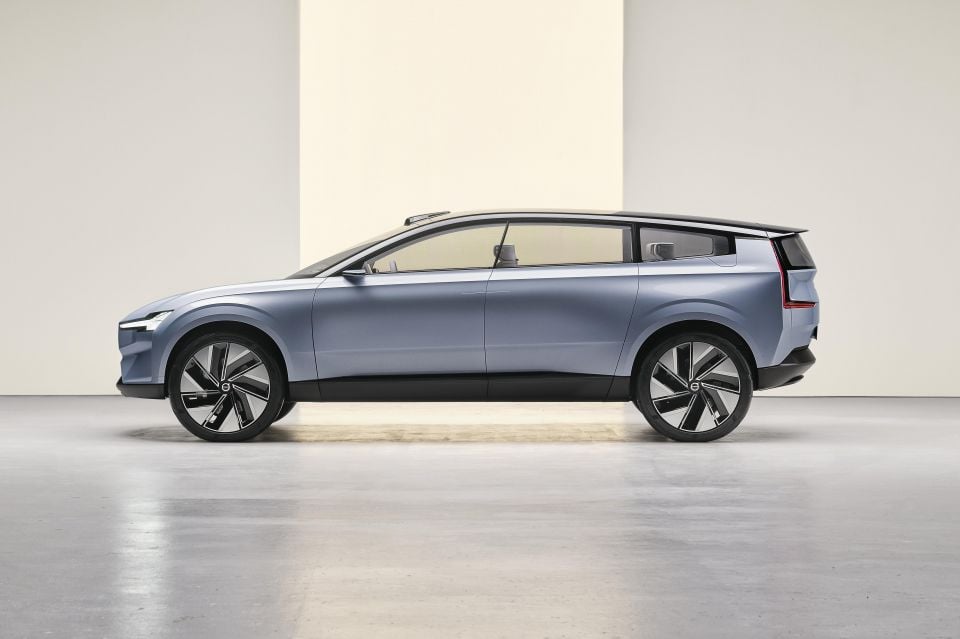
Talking to Autocar earlier this year, former Volvo CEO Hakan Samuelsson confirmed the brand’s sedans and wagons will be “replaced with something even more attractive to consumers”.
He described these new “conventional” body style models will be a “little less square”.
Inside, the production model is expected to ditch the four free-standing seats of the Concept Recharge, while offering a “Scandinavian living room feeling” with minimal physical controls.
Instead, most functions will be operated via a large touchscreen running Android Automotive.
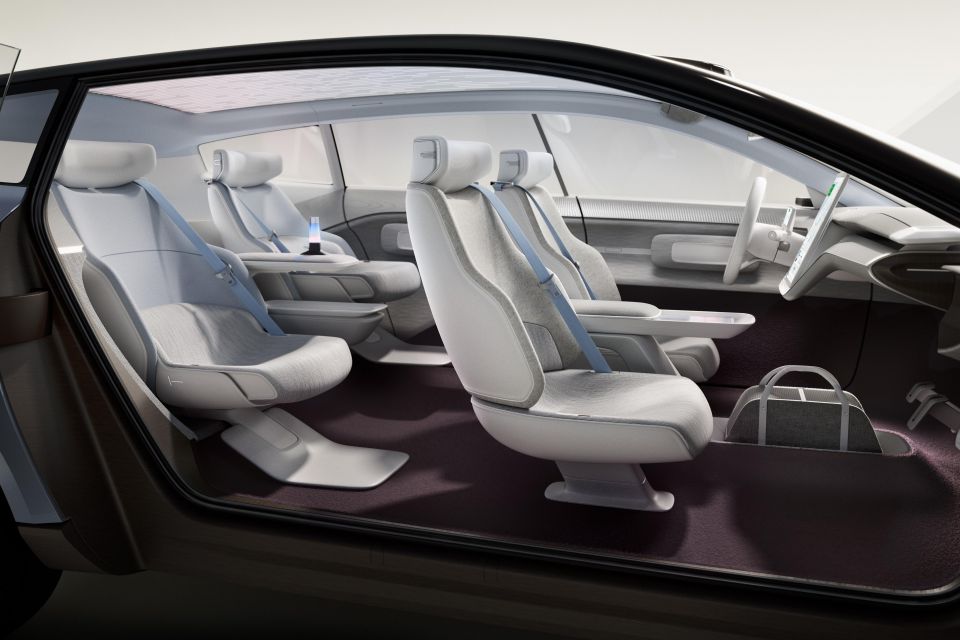
Volvo has previously confirmed all models will use laser imaging, detection and ranging (LiDAR) technology developed by Luminar, plus an autonomous driving computer powered by the Nvidia Drive Orin system-on-a-chip.
The new SUV will also feature a Highway Pilot feature developed in-house with software company Zenseact, allowing for autonomous driving on highways where legal.
These features will support over-the-air updates and are future-proofed, allowing for more advanced autonomous drive systems to be introduced later.
The current XC90 will be sold alongside its replacement for an unspecified period of time, at least in some markets, and will receive a facelift.
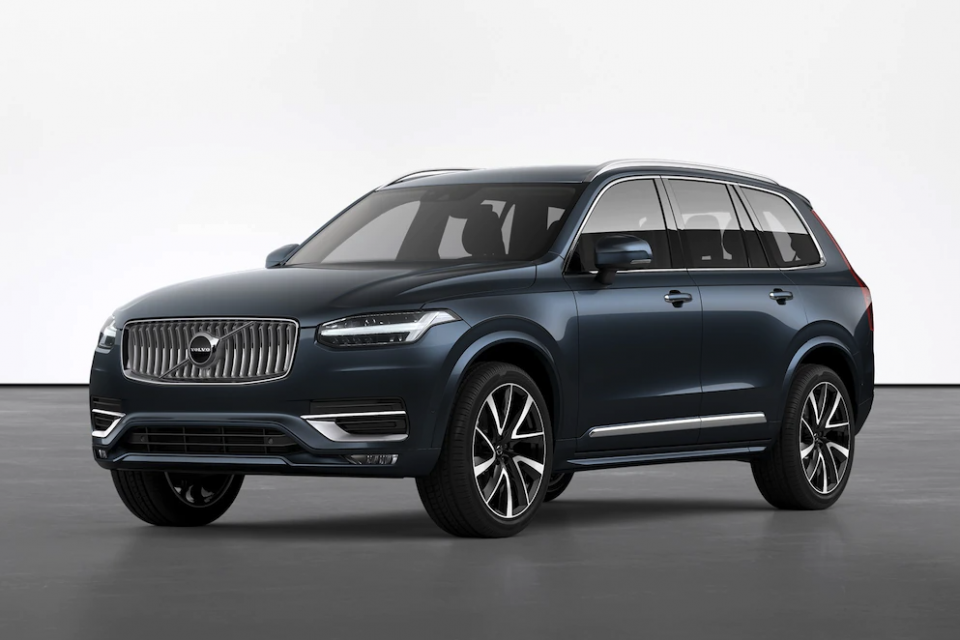
Volvo has done this before. When the second-generation XC90 was launched, the company moved the first-generation model’s production equipment to China.
There, the original crossover was renamed XC Classic, and was sold for a year or two at a price below that of its replacement.
Famously, the long-running Volvo 200 Series ended up being sold for a year longer than the car designed to replace it, the 700 Series.
Volvo’s XC60 replacement will also be offered with all-electric powertrains, with production expected to begin in 2024.
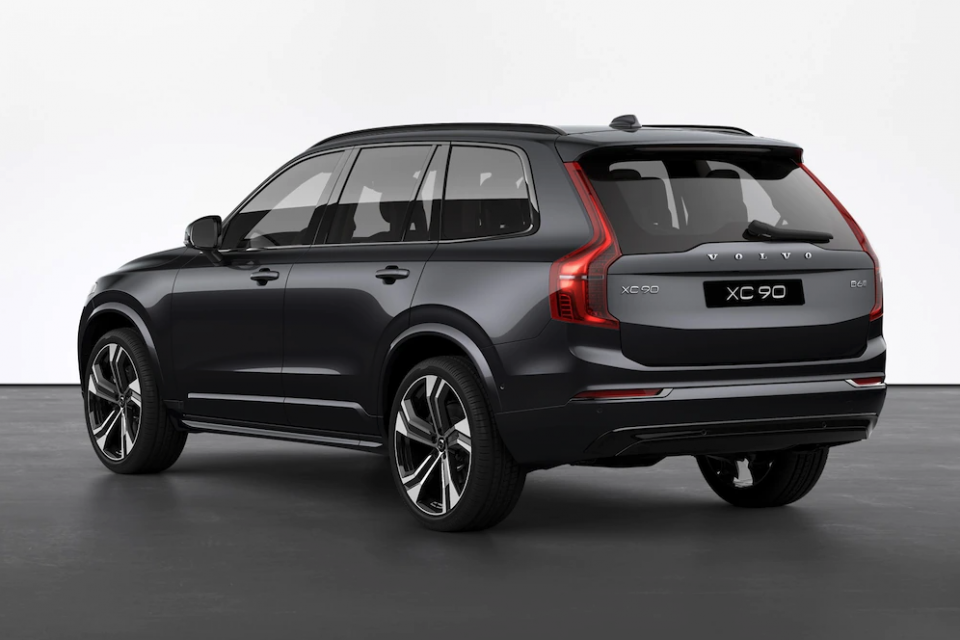
Volvo has previously stated half of its sales will come from all-electric models by 2025 with the remainder being petrol-electric hybrids. It has pledged to only sell electric vehicles by 2030.
The current, second-generation XC90 arrived in Australia in 2015.
While the first-generation model offered a choice of five- and six-cylinder engines and even a Yamaha-developed V8, the current XC90 has only offered a range of turbocharged four-cylinder petrol and diesel engines.
The option of extra performance comes not from more cylinders but from the addition of a supercharger (the ‘twincharged’ T6) or a plug-in hybrid system (the Recharge Plug-In Hybrid).
MORE: Everything Volvo XC90
Where expert car reviews meet expert car buying – CarExpert gives you trusted advice, personalised service and real savings on your next new car.
William Stopford is an automotive journalist with a passion for mainstream cars, automotive history and overseas auto markets.


Derek Fung
2 Minutes Ago


Matt Campbell
7 Hours Ago


Ben Zachariah
23 Hours Ago


Damion Smy
24 Hours Ago
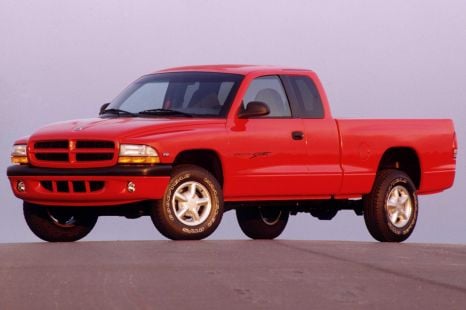

Derek Fung
1 Day Ago
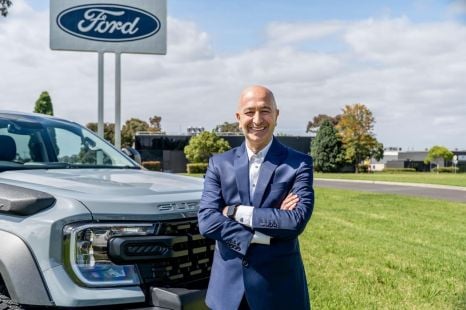

Ben Zachariah
1 Day Ago